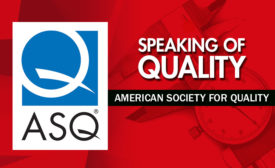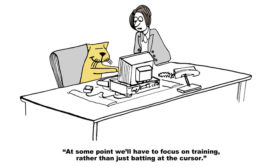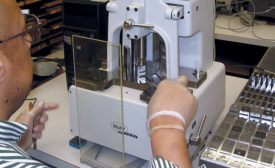Home » certification
Articles Tagged with ''certification''
Learn more about the entire 3D printing process from powder characterization to determining the best tests to qualify parts for the aerospace industry.
Read More
NDT HEADLINE
ASNT Looks for New Employer-Based Certification (EBC) Audit Program Committee Members
May 25, 2018
INDUSTRY HEADLINE
Coordinate Metrology Society to Offer New Certification Programs for Measurement Professionals
March 6, 2018
Certificates v. Certifications in the Quality Industry
The confusion between certificates and certification still exists.
January 15, 2018
INDUSTRY HEADLINE
Nissan to Recall 1.2 Million Vehicles Over Flawed Safety Inspection
October 3, 2017
NDT Personnel Certification and Training: It’s Time to Do It Right
There are still far too many organizations involved with NDT not following the recommended practice or standards.
June 1, 2017
Certificates vs. Certifications
We hear these words all the time, but what do they really mean?
November 1, 2016
Calibration: What You Need to Know
Calibration, certification and accreditation are terms that are sometimes used interchangeably, but they are actually not the same.
November 1, 2016
Standards Are Evolving to Align with ISO 9001 Principles
The ISO 9001 Standards Series has Seven Guiding Principles
October 1, 2016
Stay in the know with Quality’s comprehensive coverage of
the manufacturing and metrology industries.
eNewsletter | Website | eMagazine
JOIN TODAY!Copyright ©2024. All Rights Reserved BNP Media.
Design, CMS, Hosting & Web Development :: ePublishing










